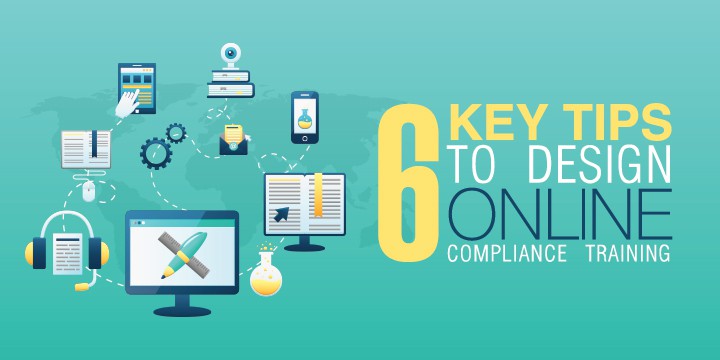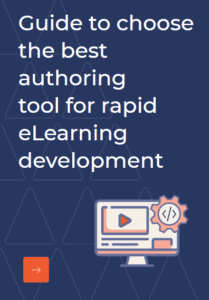It’s a known fact that when it comes to regulatory standards and compliance, training is a must as it ensures adherence to industrial standards, reduces scope for errors/injuries, and most importantly keeps the organization in par or ahead of others. With the newer batch of employees opting for fast and efficient learning, anywhere and anytime access, which is why eLearning has been gaining popularity in the compliance training too.
We have earlier discussed about How eLearning Helps to Reduce Cost of Compliance Training, which brings us to the next question in the queue, how to develop online compliance training? While the actual process of development overlaps with the process of online course development for any topic/industry, here are a few tips that can be helpful during compliance training development.
Tip 1# Know the Learners
A tip often repeated, however knowing the learners, understanding their preference and technological background is very important for creating effective online compliance course. Analyzing the eLearning readiness is essential too, and in case of existing compliance courses it is always better to looking into the content to avoid overlaps as learners of today look for relevant and concise content.
Tip 2# Address Real-life Issues
The main aim of compliance courses is to help the learners tackle real –world issues like anti-money laundering, diversity, prevent workplace harassment, protecting trade secrets and so on. Naturally it is better to create scenarios that represent the issues learners may face in due course of handling their roles. This kind of approach also ensures that the learners are engaged with the learning.
Tip 3# Let It Be Learner-Driven
Compliance training is for learners who usually understand its importance, hence making it too stringent or stereotypical can be boring and at times frustrating too. While developing online compliance training, allow the learners to take initiative, make it easily accessible on the devices of choice. Not just that, using branched scenarios where learners can explore different possibilities without feeling restricted.
Tip 4# Be Innovative, Stay Innovative
Compliance training in terms of content can be too monotonous and so, the learning design and interactions should be innovative. While it is good to have an innovative and engaging interface, it should not just be restricted to the homepage, but should be implemented throughout the course. Gamification, story-telling approach etc. can also be effectively used to add the element of innovation.
Tip 5# Utilize the Power of Social Media
Most learners today are well acquainted with social media. Learning 4.0, and digitalization of workplace, all promote a more personalized approach towards learning. Social media is an important tool for socio-collaborative learning and knowledge sharing. It allows employees to learn effortlessly through idea exchange, discussions etc. at an organizational level.
Tip 6# Keep Content Relevant and Bite-sized
As mentioned in tip 1 & 2 looking into content, keeping it relevant etc. are essential aspects of developing online compliance. However, it is the relevance of content that tops the list. And with that sorted comes the next important thing, keeping the content bite-sized and avoiding information overload. As compliance related courses can tend to be text heavy, chunking it into MicroLearning can be more effective.
In addition to this compliance training should be interesting/fun so as to keep the learners engaged and for active retention too. While the tips can assist in designing good online compliance training, the effectiveness depends on how well the learners accept it, and whether it triggers behavioral change. While creating online compliance course may seem simple, true understanding comes from years of experience which is where eLearning service providers come in handy.
So, if you have any query, you know where to find us.



